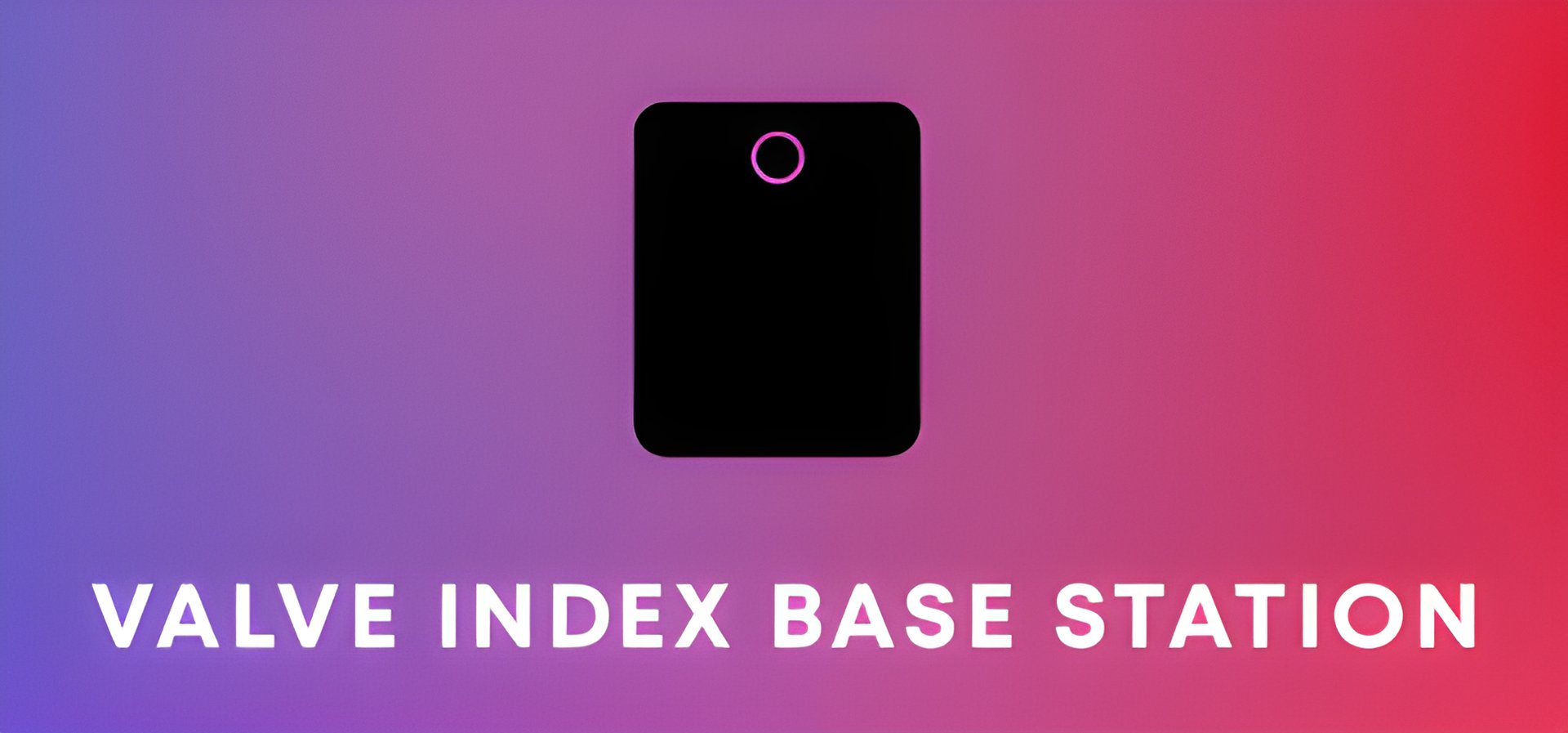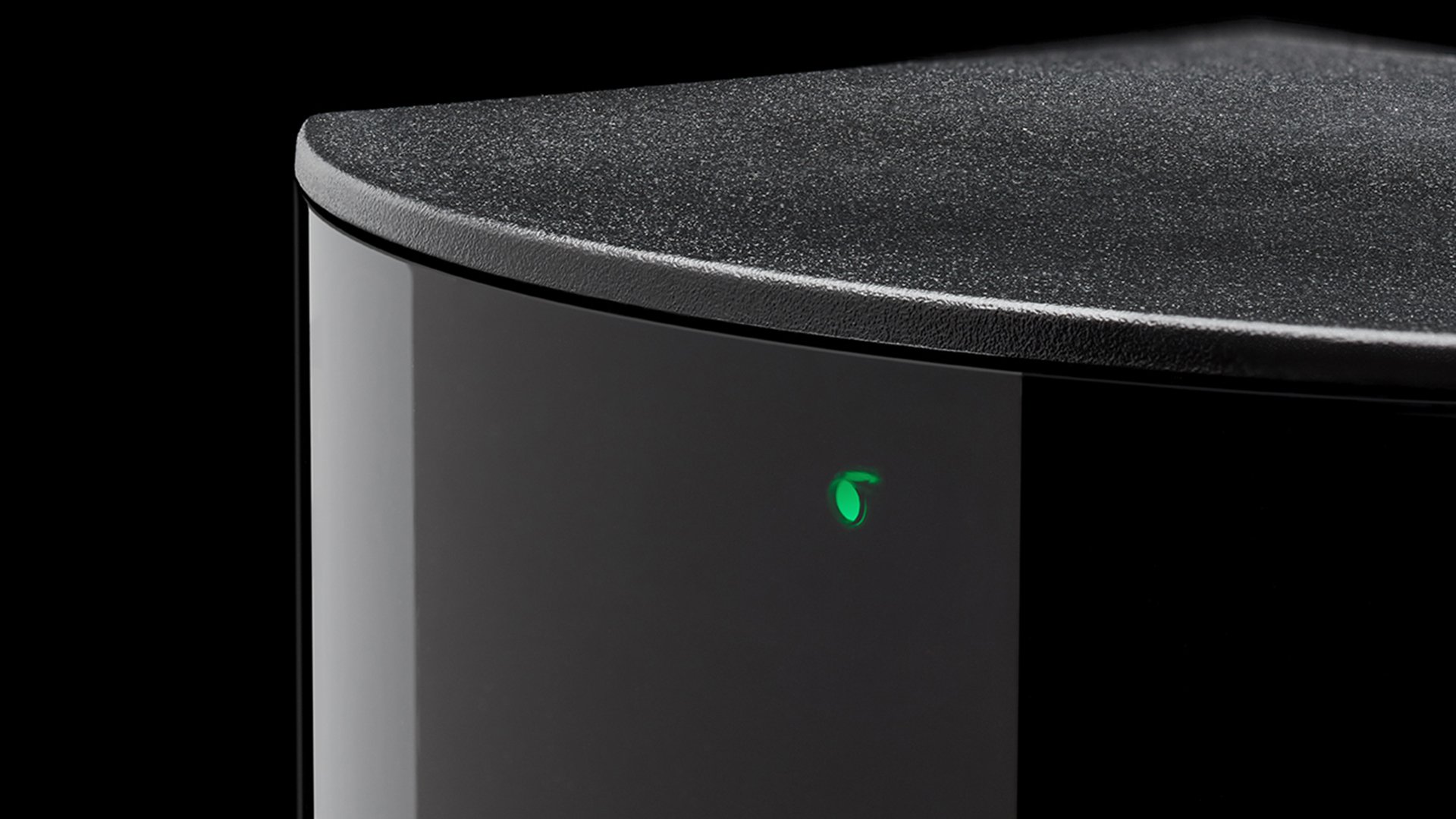The Valve Index Base Station continues to be a sought-after piece of hardware for VR enthusiasts in 2025. Offering room-scale precision and compatibility with various VR headsets, it promises an immersive experience. But is it still worth buying? This review dives deep into its features, setup, and overall value, addressing common concerns like Valve Index base station blinking red issues and optimal Valve Index base station placement. We'll explore whether this top seller holds up against newer technologies and remains a worthwhile investment for your VR setup.

What Makes the Valve Index Base Station a Top Seller?
The Valve Index Base Station, particularly the Base Station 2.0, has carved a niche for itself by providing unparalleled room-scale tracking. Unlike inside-out tracking solutions that rely on headset-mounted cameras, the Base Station 2.0 uses lasers to precisely monitor the position of your headset and controllers within a defined space. This external tracking method results in lower latency and higher accuracy, making it a favorite among VR enthusiasts who demand the best possible experience. The Valve Index base station stands out due to its robust build quality and reliable performance, essential for immersive VR gaming and experiences. It is compatible with both the Valve Index and HTC Vive Pro headsets, making it a versatile option for users invested in the SteamVR ecosystem.
One of the key features is its ability to support up to four base stations in a single setup. This allows for a significantly larger play area compared to systems that only support two base stations. The increased coverage reduces occlusion, where tracking is lost when a controller or headset is blocked from the base station's view. For gamers who enjoy active VR titles like Beat Saber, Blade and Sorcery, or Half-Life: Alyx, this expansive tracking volume translates to a more immersive and less frustrating experience. The setup, while requiring some initial configuration, is relatively straightforward, with clear instructions available online. Addressing common issues such as optimal Valve Index base station placement helps ensure reliable tracking, further solidifying its position as a top seller.
Furthermore, the Base Station 2.0 offers improved range and a wider field of view compared to its predecessor. This enhancement ensures that even users with larger play spaces can enjoy accurate and consistent tracking. The laser-based tracking technology is particularly effective in environments with challenging lighting conditions, where camera-based tracking systems may struggle. For hardcore gamers and VR professionals who rely on precise and reliable tracking, the Valve Index Base Station remains the gold standard.
Performance, Value, and Common Issues
Performance Analysis
The Valve Index Base Station 2.0 excels in providing low-latency and high-accuracy tracking, crucial for demanding VR applications. Its performance is consistently reliable, outperforming many inside-out tracking systems, especially in large play areas. However, users should be aware of potential setup challenges and common issues. A frequent concern is the Valve Index base station blinking red, which indicates a problem with the base station's operation. This issue can often be resolved by updating the firmware, ensuring proper Valve Index base station power supply, or checking for obstructions. Optimal Valve Index base station placement is also critical; positioning the base stations at opposing corners of the room, angled downwards, typically yields the best results. Using Valve Index base station stands or a Valve Index base station wall mount can help achieve ideal positioning.
Value Proposition
Priced at 159€, the Valve Index Base Station represents a significant investment. However, its superior tracking performance and compatibility with high-end VR headsets justify the cost for serious VR enthusiasts. Compared to standalone headsets with integrated tracking, the Base Station 2.0 offers a more precise and reliable experience, particularly in room-scale setups. While the initial cost is higher, the long-term value is evident in the improved immersion and reduced tracking errors. Considering its build quality and longevity, the Valve Index Base Station remains a worthwhile investment for those seeking top-tier VR performance.
Compatibility and Ecosystem
The Base Station 2.0 is compatible with both the Valve Index and HTC Vive Pro headsets, providing flexibility for users invested in the SteamVR ecosystem. It also supports Valve Index Controllers and HTC Vive Pro Controllers, allowing for a mixed-and-matched setup. However, it is not compatible with the original HTC Vive, which uses an older tracking standard. This compatibility limitation is important for users upgrading their VR setup. Despite this, the Base Station 2.0's broad compatibility with current-generation headsets and controllers makes it a versatile choice for VR enthusiasts.

Long-Term Appeal and Market Context
The Valve Index Base Station, released in 2019, continues to hold its own in the evolving VR landscape. While newer headsets boast inside-out tracking, the precision and reliability of external tracking still appeal to hardcore gamers and VR professionals. Valve's commitment to the SteamVR ecosystem ensures ongoing support and compatibility, extending the lifespan of the Base Station 2.0. The vibrant VR community provides ample resources for troubleshooting and optimizing the setup, addressing concerns like Valve Index base station blinking red fix. This community support contributes significantly to the long-term appeal of the Valve Index system.
Furthermore, the modular nature of the Valve Index system allows users to upgrade individual components, such as the headset or controllers, without replacing the entire setup. This flexibility extends the value of the Base Station 2.0, as it can be paired with newer headsets as they become available. The Base Station 2.0’s robust build quality also ensures longevity, making it a durable investment for VR enthusiasts. In a market saturated with disposable tech, the Valve Index ecosystem stands out for its commitment to quality and long-term support.
While the initial setup may require some technical know-how, the benefits of superior tracking and expansive room-scale VR outweigh the challenges for many users. The continuous updates and community support ensure that the Valve Index Base Station remains a relevant and competitive option in the VR market. Despite the emergence of new tracking technologies, the Base Station 2.0 continues to be a top seller, attesting to its enduring value and performance.
Final Verdict: Is the Valve Index Base Station Still Worth It in 2025?
In 2025, the Valve Index Base Station remains a compelling option for VR enthusiasts seeking top-tier tracking performance. While newer headsets offer convenient inside-out tracking, the precision and reliability of the Base Station 2.0 are unmatched, particularly in room-scale setups. The 159€ price point may seem steep, but the long-term value, broad compatibility, and ongoing support make it a worthwhile investment for serious VR gamers and professionals. If you prioritize immersive, low-latency VR experiences and demand the best possible tracking, the Valve Index Base Station is still a top choice. However, those new to VR or on a tight budget may find standalone headsets with integrated tracking more accessible. For enthusiasts seeking the ultimate VR experience, the Valve Index Base Station continues to deliver exceptional performance and value.
Pros & Cons
✅ Pros
- Unmatched tracking precision and low latency
- Supports large room-scale VR setups
- Compatible with Valve Index and HTC Vive Pro headsets
- Robust build quality and long-term durability
- Active community support and ongoing updates
❌ Cons
- Higher initial cost compared to inside-out tracking solutions
- Requires external setup and power
- Potential for technical issues (e.g., blinking red light)
- Not compatible with original HTC Vive
- Setup can be challenging for beginners